How to prepare an artichoke – it’s easy!
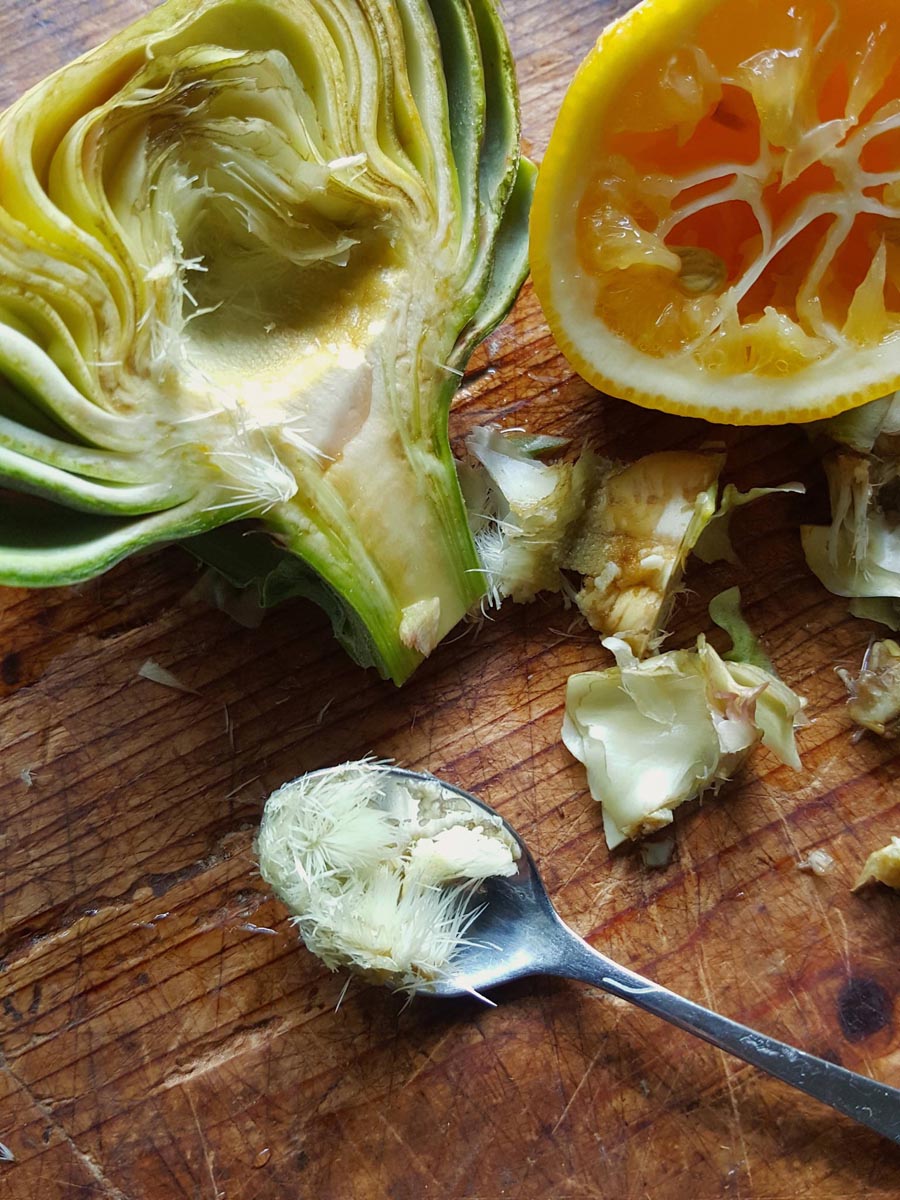
It’s primal … it’s messy … but the rewards are worth it.

It’s primal … it’s messy … but the rewards are worth it.
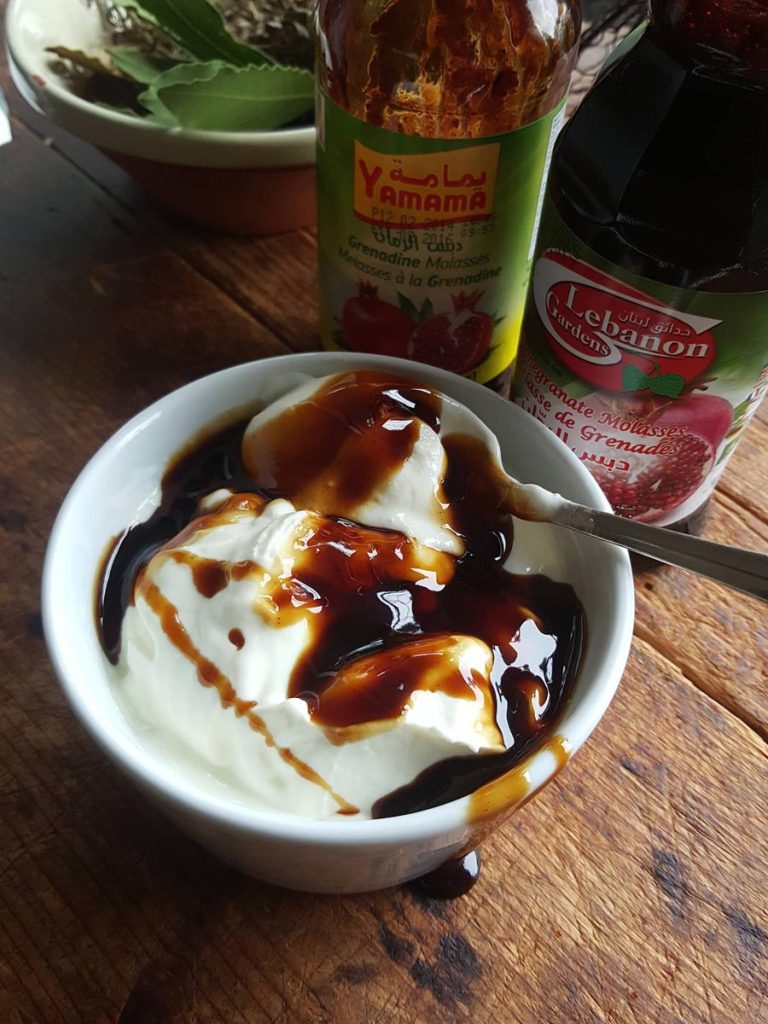
The easiest way to get acquainted with pomegranate molasses is to use it as a drizzle – try it over a tray of roasted vegetables for starters. And just like mint sauce, it gives lamb a fresh zing, but it also adds a fruity note.
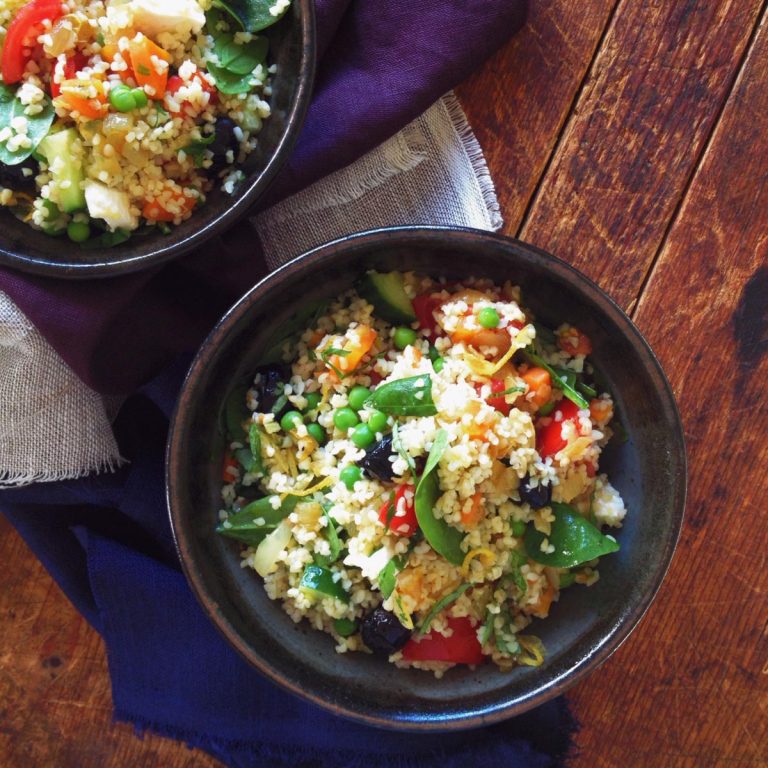
Burghul: so many uses and all delicious.
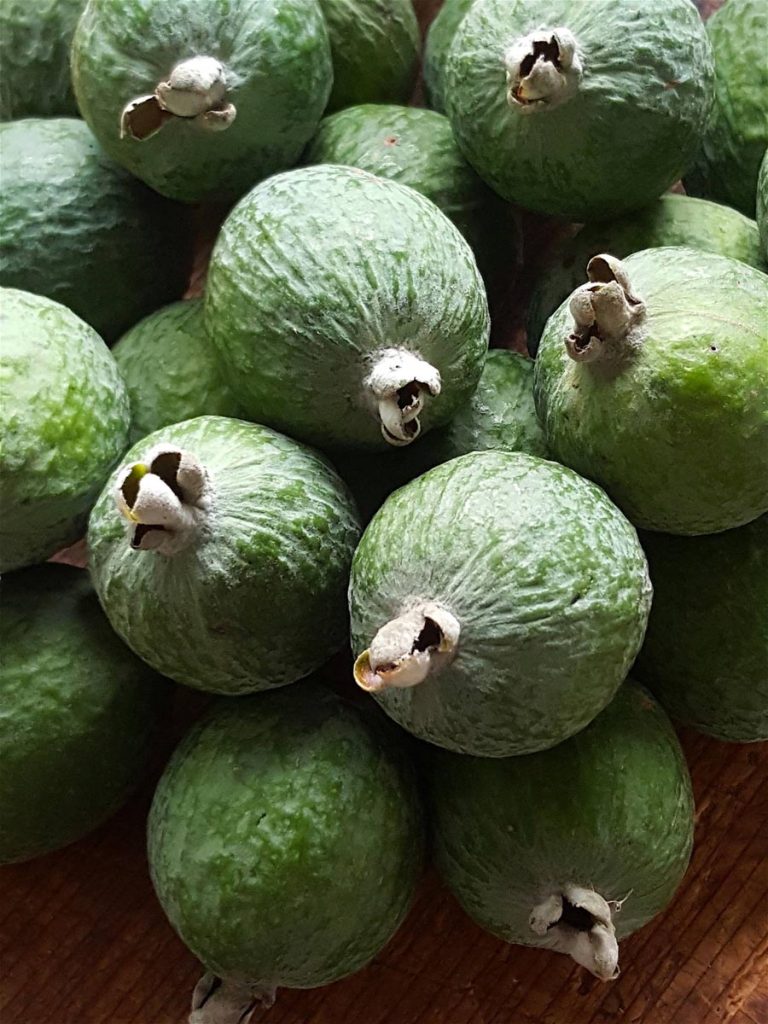
Feijoas are legendary in a crumble, but there’s plenty more you can do with them.
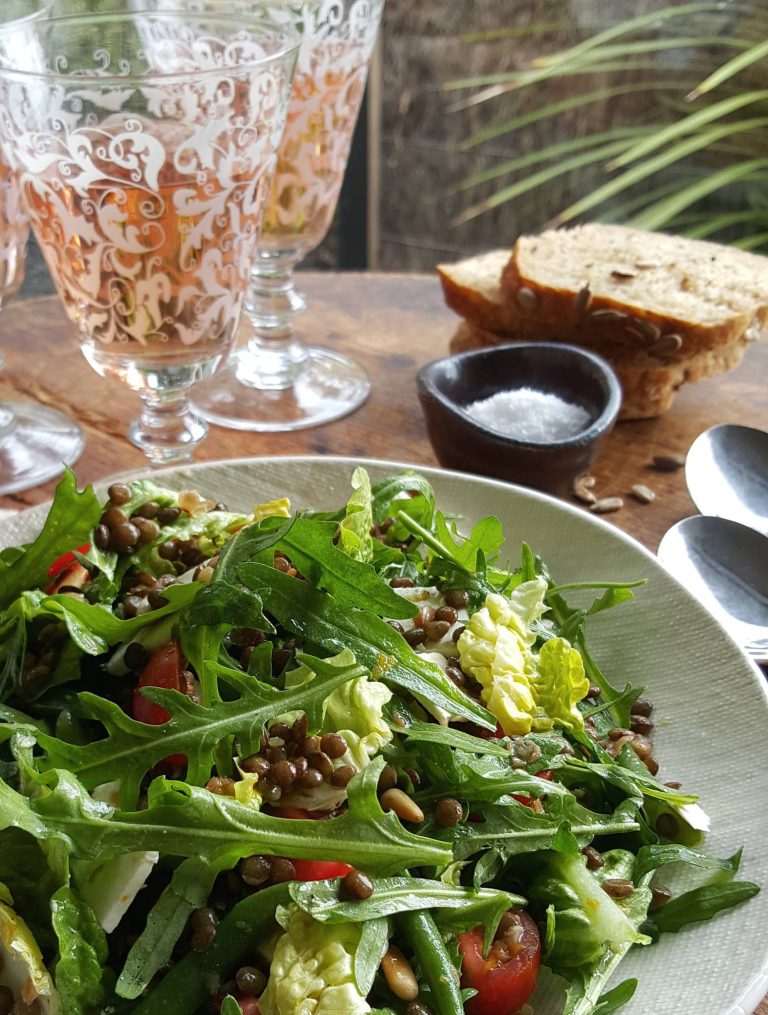
Sherry vinegar has nuances of roasted nuts, oaky notes from the barrels it is matured in, and sweet floral spices. Add a splash to the pan to lift flavours.
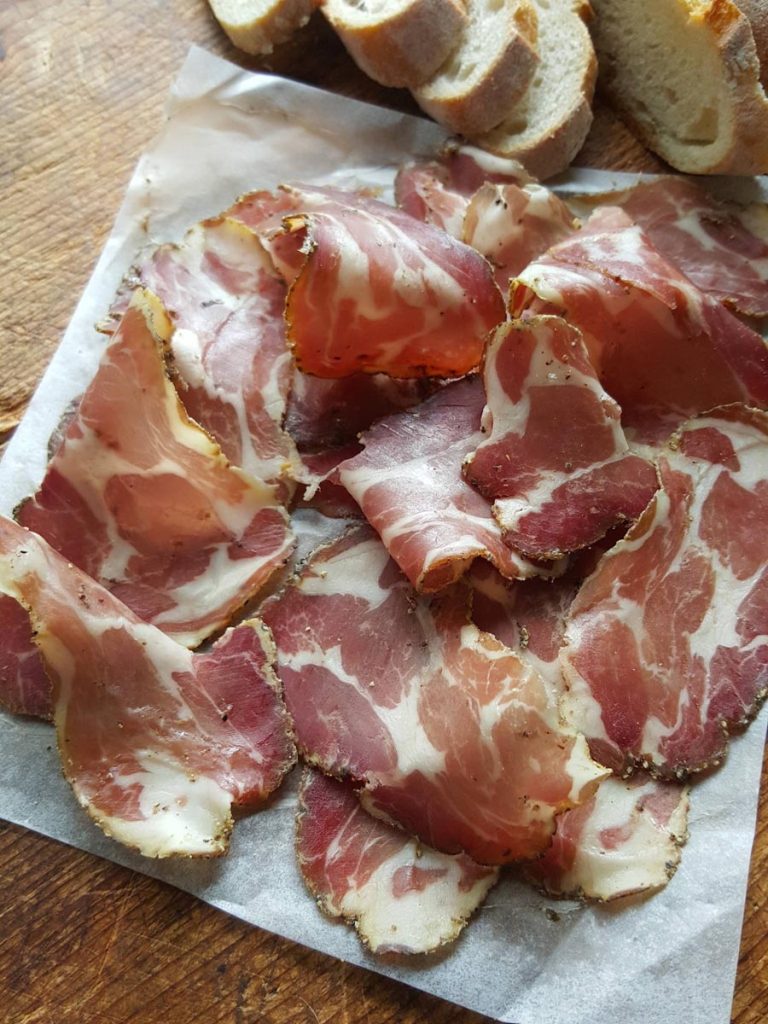
There’s good food to be had in this neck of the woods!
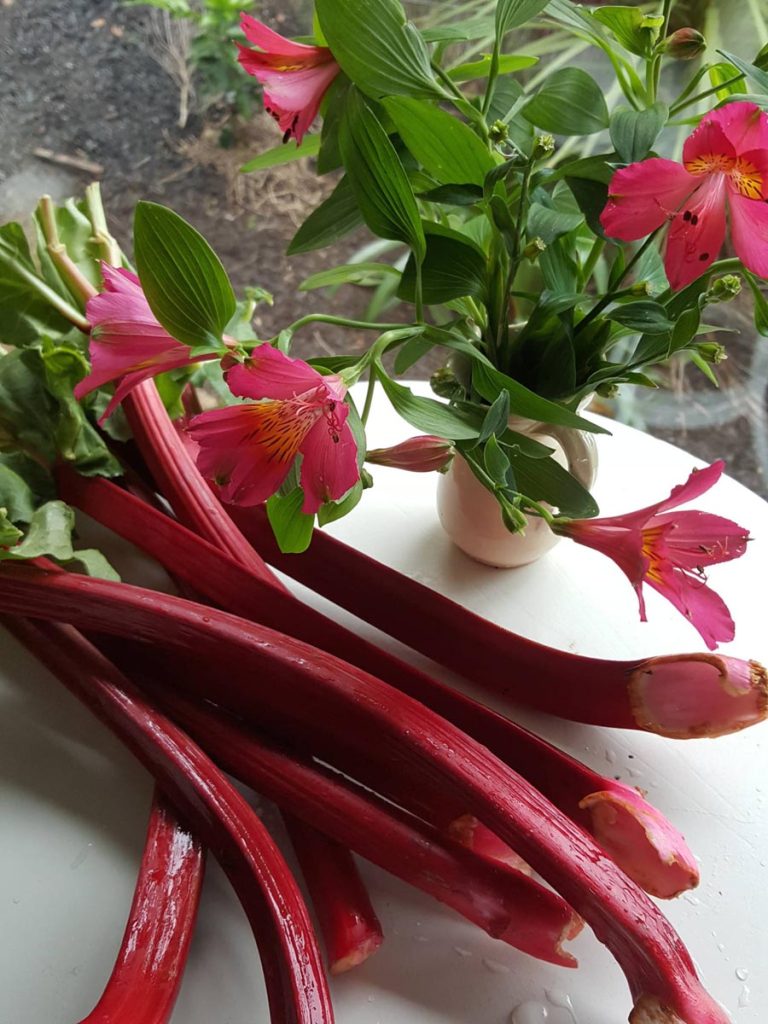
Come and titillate you senses!
No products in the basket.
Welcome to the new Shared Kitchen experience! If you encounter any issues, please let us know. Dismiss